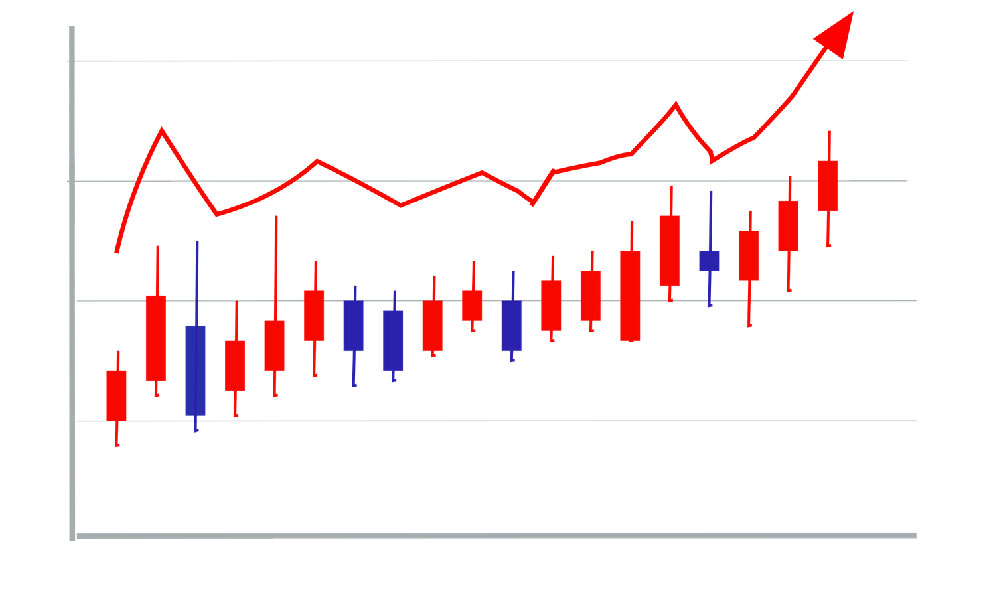
Investing in the stock market can feel like entering a vast ocean, full of potential treasures but also hidden dangers. The key to navigating this complex landscape is to approach it with a clear understanding of the fundamental principles and a well-defined strategy. Before diving in, several critical aspects demand your attention.
First and foremost, assess your own financial situation. This isn't just about knowing how much money you have; it's about understanding your overall financial health. Are you carrying significant debt? Do you have a comfortable emergency fund that can cover several months of living expenses? Investing in the stock market involves risk, and you should only invest money that you can afford to lose without jeopardizing your financial stability. The stock market is generally not suitable for short-term financial goals, such as saving for a down payment on a house within the next year. It's better suited for long-term goals like retirement or long-term wealth accumulation.
Once you have a clear picture of your finances, determine your risk tolerance. Risk tolerance refers to your ability and willingness to stomach potential losses in your investments. Are you a conservative investor who prefers to avoid risk and prioritize capital preservation? Or are you an aggressive investor who is comfortable with greater risk in exchange for the potential for higher returns? Your risk tolerance will heavily influence the types of stocks and investment strategies you choose. Conservative investors might focus on dividend-paying stocks of established, blue-chip companies, while aggressive investors might be more inclined to invest in growth stocks or smaller, riskier companies with high growth potential. Consider answering a risk tolerance questionnaire, readily available online, to get a better understanding of your risk profile.

Next, understand the different investment options available. While the term "stocks" is often used broadly, there are various types of stocks and ways to invest in them. Individual stocks represent ownership in a specific company. Investing in individual stocks requires research and analysis of the company's financials, industry trends, and competitive landscape. This can be time-consuming and requires a certain level of expertise. Alternatively, you can invest in mutual funds or exchange-traded funds (ETFs). Mutual funds are professionally managed portfolios of stocks, bonds, or other assets. ETFs are similar to mutual funds but trade like individual stocks on an exchange. ETFs often track a specific market index, such as the S&P 500, providing instant diversification. For beginners, ETFs are often a more prudent choice than individual stocks, as they offer built-in diversification and are typically less expensive to manage. Index funds, a type of mutual fund or ETF that tracks a specific market index, offer a low-cost way to invest in a broad market segment.
Before investing in any stock or fund, conduct thorough research. For individual stocks, analyze the company's financial statements, including its income statement, balance sheet, and cash flow statement. Look at key metrics such as revenue growth, profitability, debt levels, and return on equity. Understand the company's business model, its competitive advantages, and the industry it operates in. Use reputable sources of information, such as the company's investor relations website, financial news websites, and independent research reports. For mutual funds and ETFs, review the fund's prospectus, which outlines the fund's investment objectives, strategies, fees, and risks. Pay attention to the fund's expense ratio, which is the annual fee charged to manage the fund. Compare the fund's performance to its benchmark index and to similar funds in its peer group.
Diversification is a crucial element of successful investing. Don't put all your eggs in one basket. Spread your investments across different stocks, industries, and asset classes. Diversification helps to reduce risk by mitigating the impact of any single investment performing poorly. The number of stocks you need for adequate diversification depends on your overall investment portfolio and risk tolerance, but as a general guideline, holding at least 20-30 different stocks can significantly reduce portfolio risk. Within an ETF or mutual fund, diversification is inherently built-in due to the holdings of many different companies.
Adopt a long-term investment perspective. The stock market can be volatile in the short term, with prices fluctuating significantly from day to day. Don't get caught up in the daily noise and make impulsive decisions based on short-term market movements. Instead, focus on the long-term growth potential of your investments. Historically, the stock market has delivered strong returns over the long term, but there have also been periods of significant downturns. Be prepared to ride out these downturns and resist the urge to sell your investments during market corrections. Consider using dollar-cost averaging, which involves investing a fixed amount of money at regular intervals, regardless of the market price. This can help to reduce the risk of investing a lump sum at the wrong time and can smooth out your returns over time.
Finally, never stop learning. The stock market is constantly evolving, and it's important to stay informed about current events, market trends, and investment strategies. Read books, articles, and blogs about investing. Attend seminars and webinars. Follow reputable financial analysts and commentators. The more you learn, the better equipped you will be to make informed investment decisions. Also, consider consulting with a qualified financial advisor who can provide personalized advice based on your individual circumstances and financial goals. A financial advisor can help you develop a comprehensive financial plan, manage your investments, and stay on track to achieve your financial objectives. Remember, investing in the stock market is a journey, not a destination. Continuous learning and adaptation are essential for long-term success.





